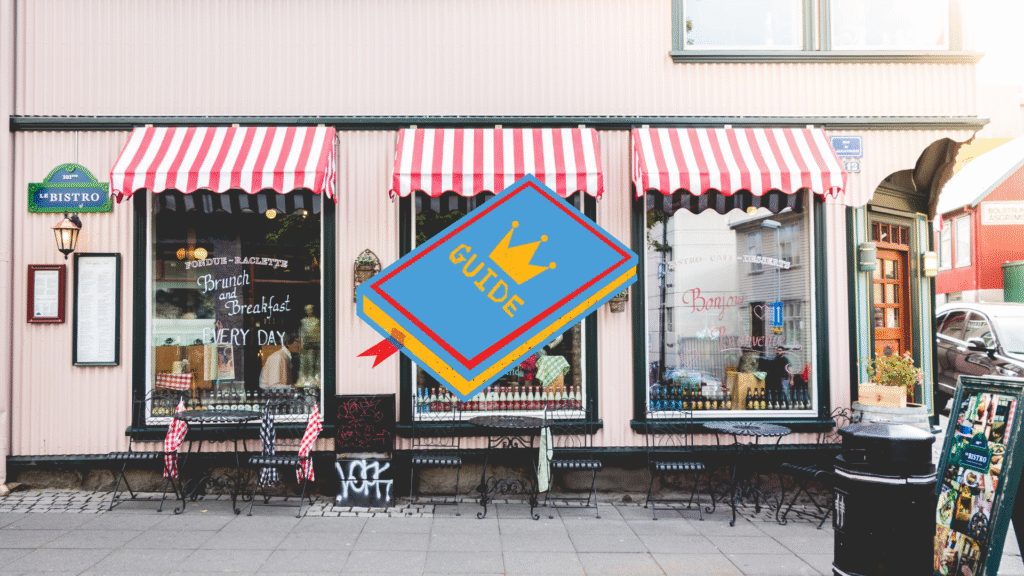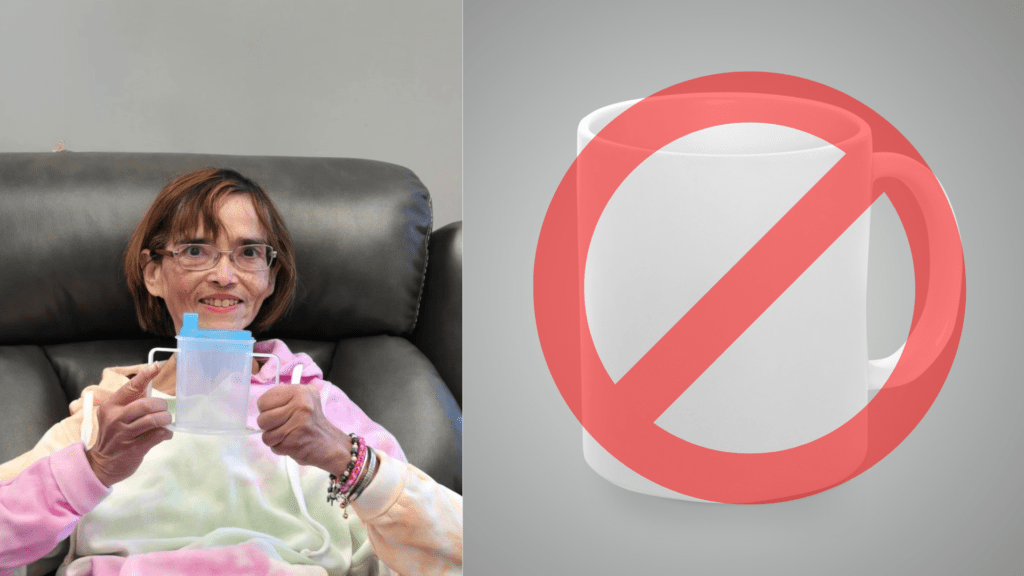Why This Matters: The Problem with Standard Shopping Centres
For many Australians living with disability, a simple shopping trip can feel like an obstacle course. Narrow aisles, broken lifts, awkward ramps, or the lack of proper signage and rest zones can turn a casual day out into a stressful, exhausting experience.
And it’s not just the environment—size and layout also matter. Large malls may appear modern, but if they’re filled with tight turns, heavy doors, or inaccessible bathrooms, they become a challenge for people using mobility aids like wheelchairs or scooters. Even some of the most popular shopping centres struggle to accommodate those who rely on large mobility scooters, especially when navigating through crowded or poorly designed spaces.
This mindset needs to change—and it starts with taking small steps.
What Makes a Mall Disability-Friendly?
- A disability-friendly mall isn’t just one with a ramp at the entrance. True accessibility goes far beyond legal compliance and basic features.
- Inclusive shopping centres are designed with every user in mind. This means:
- Smooth, level flooring for ease of movement
- Wide automatic doors and spacious aisles
- Clearly marked accessible toilets and changing facilities
- Braille signage and auditory wayfinding systems
- Lift access to every level
- Ample disability parking near entrances
- Seating or rest stops throughout long hallways
- Friendly staff who understand and accommodate accessibility needs
- It’s about creating a shopping experience that feels normal, not difficult or exclusive.
Key Accessibility Features to Look For
- If you’re planning a visit to a new shopping centre, here are features that help make a real difference:
- Accessible entrances that don’t require long detours
- Wide turning space for mobility scooters and wheelchairs
- Low-counter service areas in food courts and retail counters
- Accessible restrooms with adult change tables and support bars
- Tactile and visual signage for people with vision impairments
- In-mall mobility equipment rental such as scooters or wheelchairs
- Emergency systems that include audio and visual cues
- Drop-off zones that are safe and convenient for carers
- These features reduce stress and create a more dignified shopping experience.
Top Shopping Centres That Are Getting It Right
Australia is home to a growing number of malls that prioritise accessibility. Some noteworthy examples include:
Chadstone Shopping Centre (VIC)
One of the largest malls in the Southern Hemisphere, Chadstone offers wheelchair and scooter hire, adult change facilities, and wide, open-plan layouts.
Westfield Chermside (QLD)
This Brisbane mall has an excellent accessibility program, with mobility services, quiet rooms, and accessible lifts spread evenly throughout.
Westfield Parramatta (NSW)
With direct train access, mobility scooter rental, and updated accessible restrooms, this mall is making the shopping experience more inclusive.
For more shopping centres improving their accessibility, check out our dedicated accessibility page.
Tips for a Smooth and Inclusive Shopping Experience
Whether you’re navigating the mall alone or supporting a loved one with a disability, here are practical tips to improve your next trip:
- Plan ahead by visiting the mall’s website or calling to ask about access options
- Use mobility aids that are suited to tighter mall layouts—smaller powered wheelchairs often navigate better than large scooters
- Park near disability entrances when possible, and check if drop-off zones are staffed
- Ask for assistance at concierge desks; many malls now offer accessibility escorts or concierge services
- Avoid peak hours to minimise crowds, especially when using larger scooters
- Note your rest points—some maps highlight quiet areas and seating spots
How Assistive Tech Hub Helps
At Assistive Tech Hub, we understand the everyday barriers people face. That’s why we provide solutions designed for comfort, ease, and accessibility.
Looking for a smaller powered wheelchair that can turn tightly in crowded shops? Or maybe a travel-friendly mobility scooter that’s lightweight and easy to transport? Our range includes thoughtfully designed equipment ideal for shopping centres and public spaces.
Visit our assistive technology for shopping centres page or contact our team for support tailored to your needs.
What’s Next? Build a More Inclusive Retail Experience
Everyone deserves to enjoy the freedom of choice and the pleasure of a simple shopping day. As more malls improve their design, signage, and support, accessibility will become the norm and not a bonus.
Let’s continue building awareness and pushing for better design. Share this guide with friends, carers, and community groups. And if you know of a mall doing accessibility right, let us know—we’d love to share it with others.
FAQs
What is a disability-friendly mall?
It’s a shopping centre designed to be accessible to people with physical, sensory, or cognitive impairments. These malls go beyond compliance and offer features like wide walkways, accessible restrooms, and supportive services.
Can I bring my own scooter to a shopping centre?
Yes. Most malls welcome personal mobility aids. However, large scooters may find it difficult to navigate smaller stores or tight corners. You may want to consider smaller or foldable options.
Are there Australian laws that require malls to be accessible?
Yes. The Disability Discrimination Act 1992 requires public places, including shopping centres, to provide equal access. However, how well this is implemented can vary.
What do I do if I experience discrimination or barriers at a mall?
Start by reporting it to mall management. If the issue isn’t resolved, you can lodge a complaint with the Australian Human Rights Commission.
Do malls rent mobility scooters or wheelchairs?
Many larger malls offer these services free or for a small fee. Contact the centre in advance to check availability and reserve equipment.



